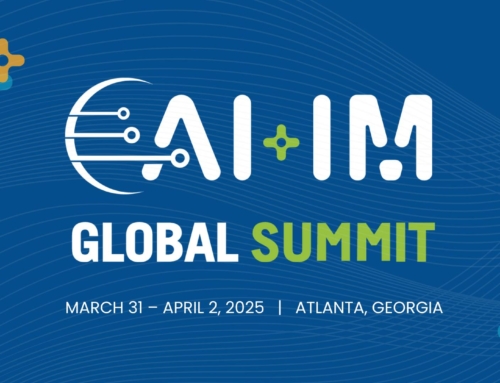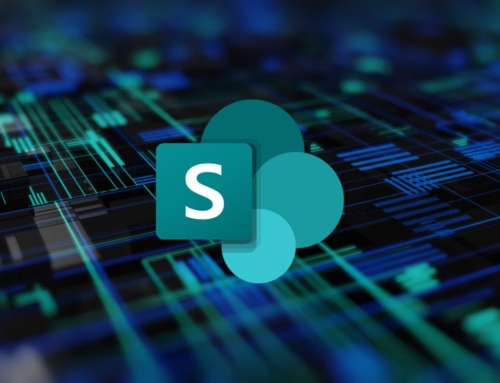The Third Key Element: Development
This is the third post in our Four Key Elements of a Successful Project series. Our initial post introduced Compass 365 and provided an overview of our four key elements of effective project planning, and covered the first element: Initiation and Assessment . The second post went into detail on Design.
Development
If you were planning a trip, the Development phase would be where you test your equipment and get everything ready for that week-long bike, hike, sail, or drive. Development is the time to think through your lists and prep the different aspects of the trip: planning the food, practicing setting up a tent, or showing your kids how to use the emergency radio. This is the dry run that gets you ready to go for the real thing.
There are 4 steps inside the Development phase:
- Build out
- Playback Meeting
- Testing and Training
- Sign-off to deploy
Build out
Depending on project size, the Development phase can take a few weeks. In this phase, we get into the meat of implementing the solution. We work on a myriad of client projects, from Intranet site builds to Business Applications, SharePoint migrations and custom integrations. We start the development phase getting software installed and configured, and for example, building out SharePoint sites with planned configurations. The build out is the phase where we go from ideation and blue sky thinking to the nuts and bolts of making things work.
Sometimes businesses want a new solution to work exactly the way the old tech worked, which may not be possible. We also use this development phase to not only built but to document and educate clients on how and why the new tech is a better choice for them, in the long run offering them more freedom and better functionality.
Playback meeting
We conduct a playback meeting (design review), in which we show the client what we have created and validate the design with them. We ask follow-up questions, finalize additional design details, and stay fully connected with the client to make sure the configuration and development going forward will deliver the results they want and expect.
Our mission here is to make sure the system we set up meets the client’s stated needs, both in the assessment phase and in real-world application.
Making adjustments
In this phase we use our experience to help customers avoid some pitfalls we’ve seen in the past. When you travel to a new city, you’ll often want an experienced guide to take you around on your adventure. That’s where we come in, with our decades of experience and commitment to be constantly learning from every project we work on. Let’s use a real-world migration project where we migrated a client from SharePoint 2013 to Office 365 as an example. The client had a third-party add-on for management, which when installed pre-configured content types, lists, and forms. We went through an assessment and design phase to analyze their current setup and how it would be transformed.
When we went to implement, we found some configurations had been added after the installation. They were not wrong, but they were unexpected and forced us to change gears in the Development phase. This affected where we would be migrating to and included redesigning and recreating content types, lists etc.… before they could migrate. Evaluations were made, and we adjusted the schedule by one week to account for that work. This is exactly what the Development phase is all about; reviewing, communicating, testing, and seeing if what we designed with our clients is what ultimately solves the business problem, in the budget allotted and with end users able to quickly learn and leverage.
Testing and Training
This is the time where we go into test mode, complete bug fixes and minor design tweaks. This is also where we do the bulk of the training, in a “train the trainer” modality. We train a small number of key users in the organization (formal trainers, managers, and key technical people) so they can train the actual users and be ready to go when the system goes live.
Once we have the build out (documentation, training materials, and test scripts) we work with the same team for initial testing and integration testing. As we near the end we bring in user testing, pilot testing, or per acceptance testing, guided by the client’s vocabulary.
We don’t just create training materials and hand them over because our training is not generic training either – all training is specific to the solution we configure it for each individual customer. One of the most expensive ways to train users is in a hands-on lab style, but that is rare, and we do not usually recommend this.
We have different training options, depending on the customer’s needs. Mostly we develop curriculum and have people representing each role within the workflow. They fill in the forms as we coach them through administrating the workflow, supporting lists, viewing the history, and analytics.
These “train the trainer” sessions are more like meetings and are used to further develop the curriculum, either in-person or virtually, and to present and distribute the materials. We create a training deck for all users, showing them how to use their new functions: search bar, news articles, training the content authors, site owner authors, adding content to pages, and editing links in global navigation.
We use the same project team that went through the design and deployment to provide very relevant training for the project. If the main owner or admin of the solution has left the company, we then come back and trained that person’s replacement.
Sign-off to deploy
Over the years we have learned many lessons and build that knowledge into how Compass 365 approaches our work as a collaboration with our clients. We document these learnings and ensure everyone on our team blends this knowledge into our approach and methodology, leading to a successful sign-off of the solution into deployment.
One of benefits of working with Compass 365, as opposed to a large global firm with a very rigid approach, is that we follow a proven methodology, yet are flexible in how we adapt our services to fit what’s best for our client’s way of working. Our methodology is a conversation and a collaboration. If, for instance, you are working with an organization with an offshore team, requirements are often passed to the offshore team without the benefit of additional discussion or clarification. That is not a conversation; that is a two-point transaction and often results in multiple iterations of development to get it right, costing additional time and money.
Success is achieved in increments in the Development phase. The first milestone is when the system starts to take shape, gets installed, configured, and ready to be used. We then review, test, train, sign-off to deploy leading us to our final phase – Deployment and Review.
Stay tuned for the next phase in The Four Key Elements of a Successful Project: Deployment and Review.









